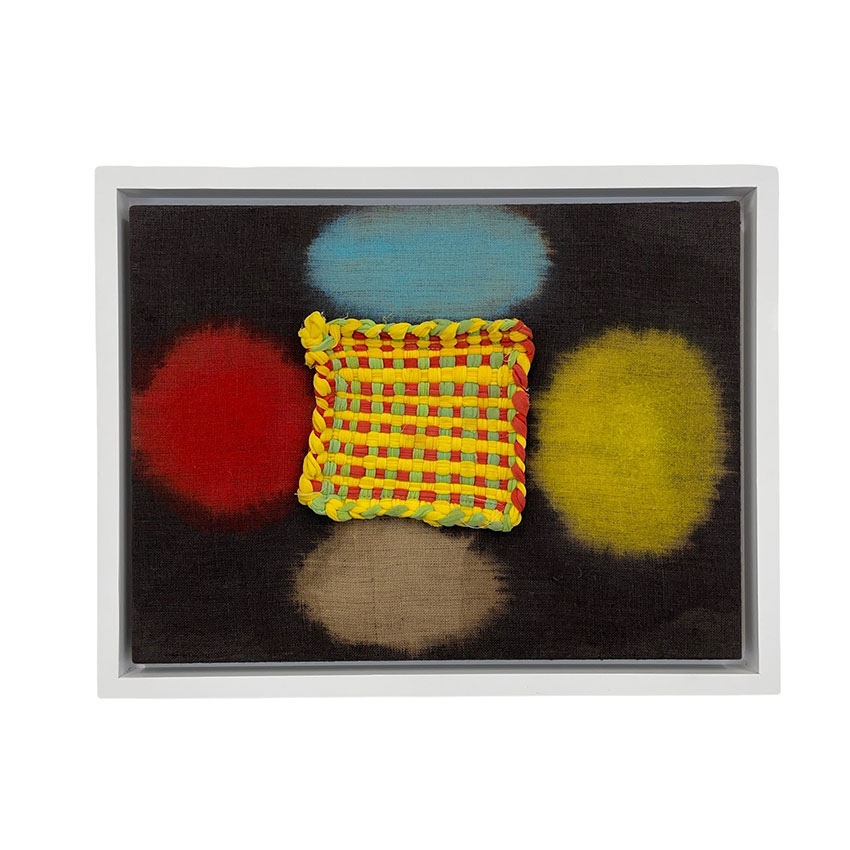BY TRACEY O’SHAUGHNESSY REPUBLICAN-AMERICAN
Her needlework both plain and ornamental was excellent, and might almost have put a sewing machine to shame. She was considered especially great in satin stitch. She spent much time in these occupations, and some of her merriest talk was over clothes which she and her companions were making, sometimes for themselves, and sometimes for the poor.”
– “A Memoir of Jane Austen,” by James Edward Austen-Leigh
Needlework, as the Countess of Wilton wrote in the 19th century, “is an art so indissolubly connected with the comfort and convenience of mankind at large that it is impossible to suppose any stage of society in which it has not existed.” To be a “genteel woman,” like those in Jane Austen’s world, meant to be proficient in the craft such that it was among the qualities scrutinized by wealthy gentlemen looking for a wife. For women of the era, “work” was needlework, a key component of their education, the epicenter of their social world and a reflection of their character. It’s why Austen pointedly rejects the proposed gift of a spinning wheel from her sister; Austen wanted to be more than that.
Those are the tropes and associations with which Allison Reimus plays in her exhibit “Hum,” at the Jennifer Terzian Gallery in Litchfield.
Reimus is a mixed media artist, and the medium in which she is most fluent is fabric. She dyes it, paints in, irons it and bleaches it – all for a deeply geometric artwork that inverts traditional associations between fabric and femininity.
Reimus’ work – a series of Robert Rauschenberg-like creations that collage pieces of fabric – are from napkins to potholders to towels, with dyes, glue and paint to fabric. The result is a series of colorful geometric abstractions that pay homage to the legacy of “women’s work” as they invert traditionalist concepts of that activity. Just as Rauschenberg employed everyday objects as art materials, Reimus grabs items at hand – objects more familiar to the domestic sphere than the mechanical one.
That means towels, linen, doilies – and even dryer lint – layered over fabric that has either been bleached or dyed, and sometimes both. These scraps are then manipulated into squares, horizontals and triangles of suggestion – a stucco house, a concrete patio, a tablecloth, a slice of lace are all given their proper order in canvases that can look like drawer dividers.
Dividing, organizing, folding and manipulating are all elements in the repetitive patterns that Reimus creates. The artist, who grew up in the Rust Belt where, as she has said, “labor is synonymous with repetition,” is honoring the women before her, who also worked through repetition, by creating a kind of echo or rhyme of their efforts with patterning of her own.
In works like “Running Bond Girls,” Reimus creates her own cadence of repeating patterns, typically square, circular or horizontal that exist in separate domains that can look like mazes, each area creating its own walls and obstacles. The piece features household textiles like pieces of carpet or burlap, which Reimus has peppered with glitter, pumice or glue.
Among her more successful works are those that employ potholders – an item that is itself woven – placed on dyed or painted fabric. Some of the most successful of such works use the potholder as a centerpiece that floats over or forms the center of a black field populated by varicolored or shaped orb. The hint of family – individuals gathered around a warm meal – is powerfully evident.

Reimus’ manipulation of handmade paper often allows her to use text. By folding paper slightly upward, letters emerge – a Y, an N, a W – used to delicious effect in works like “Pregnant Before Pancakes” and “Do You Read Me.”
The idea of separating these areas, effectively creating rooms or spheres of individual identity, is also deeply domestic and insistently female. Order, separation, arrangement and organization are all attributes often tended to by women. The idea of being contained, confined, “hemmed in” and otherwise controlled is implicit in all of these works. Reimus’ decision to dye the fabric, such that it bleeds through, is a witty comment on how futile those efforts can be. The gluing and sewing (with visible thread marks ) of these elements suggest a kind of temporary security. It’s the little narratives inside these boxes – confectionary balls of primary color or blobs of dryer lint jazzed up with glitter – that suggest that domesticity may divide certain elements of the self into respectable chambers, but the ebullient and effervescent bleed through.

